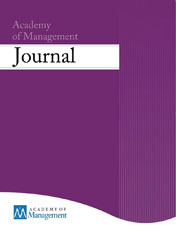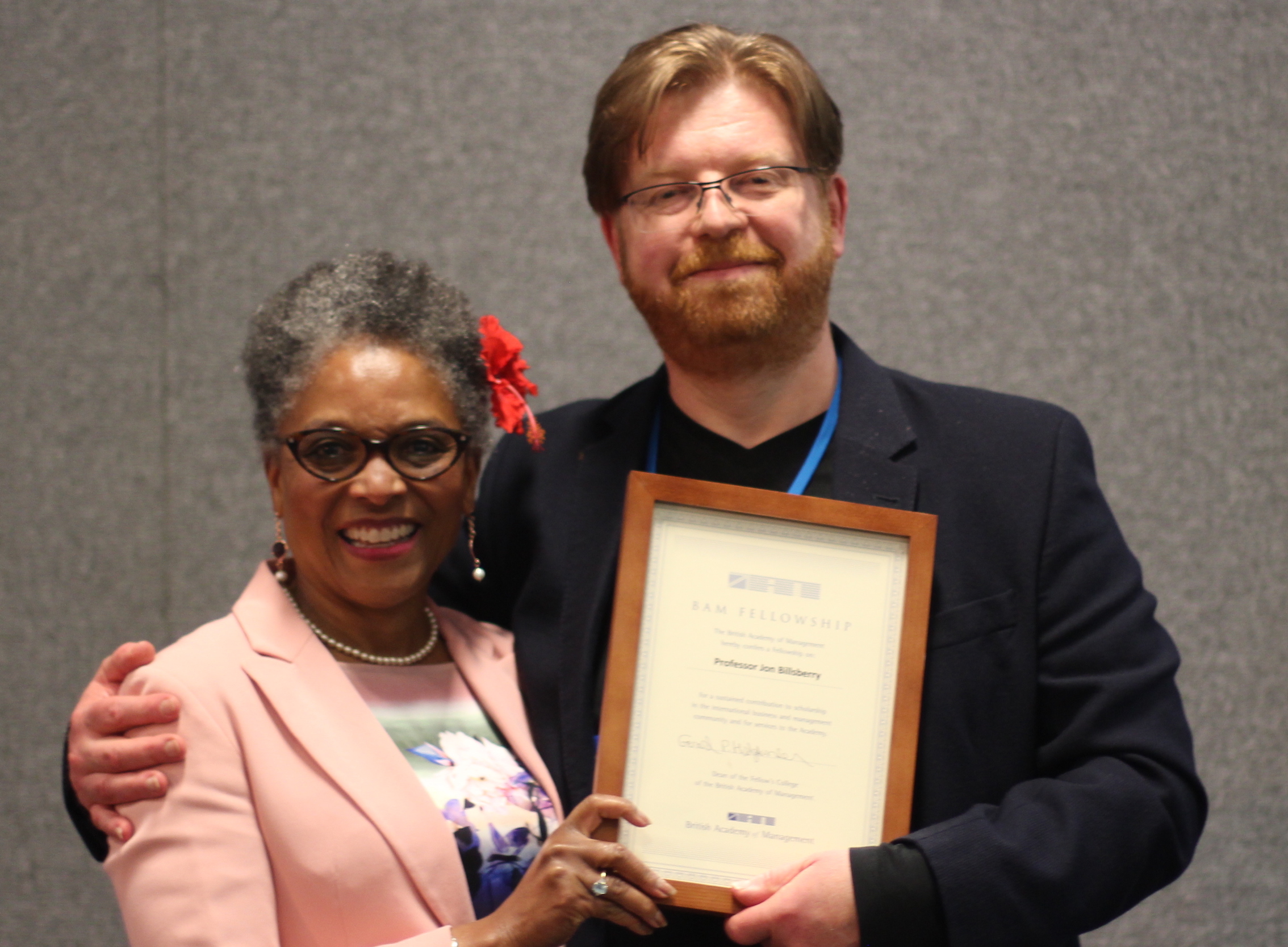 Academy of Management Journal Paper Published
Academy of Management Journal Paper Published
I am delighted to announce that our large-scale in-depth study of misfit has been published in Academy of Management Journal (AMJ); the world's leading empirical journal in business and management. You can access the paper via this link: AMJ misfit paper link
Title: Resolution, relief, and resignation: A qualitative study of responses to misfit at work
Authors: Elizabeth H. Follmer, Danielle L. Talbot, Amy Kristof-Brown, Stacy L. Astrove, and Jon Billsberry
Abstract: Research has portrayed person-environment (PE) fit as a pleasant condition resulting from people being attracted to and selected into compatible work environments; yet, our study reveals that creating and maintaining a sense of fit frequently involves an effortful, dynamic set of strategies. We used a two-phase, qualitative design to allow employees to report how they become aware of and experience misfit, and what they do in response. To address these questions, we conducted interviews with 81 individuals sampled from diverse industries and occupations. Through their descriptions we identified three broad responses to the experience of misfit: resolution, relief, and resignation. Within these approaches we identify distinct strategies for responding to misfit. We present a model of how participants used these strategies, often in combination, and develop propositions regarding their effectiveness at reducing strain associated with misfit. These results expand PE fit theory by providing new insight into how individuals experience and react to misfit - portraying them as active, motivated creators of their own fit experience at work.





